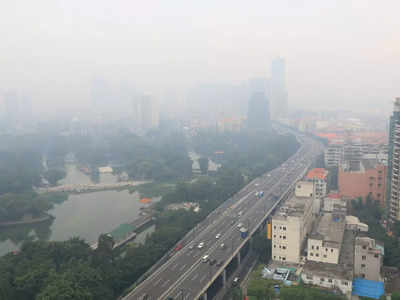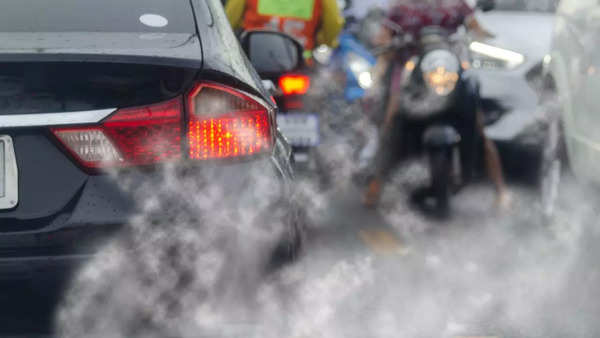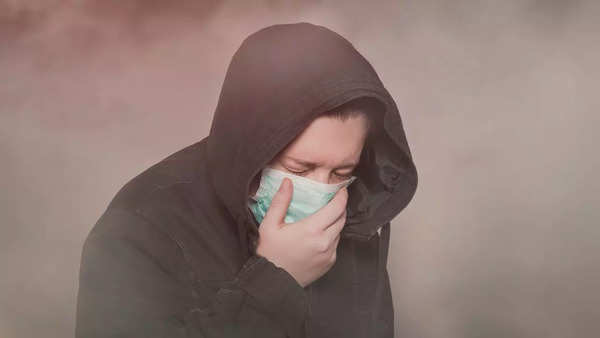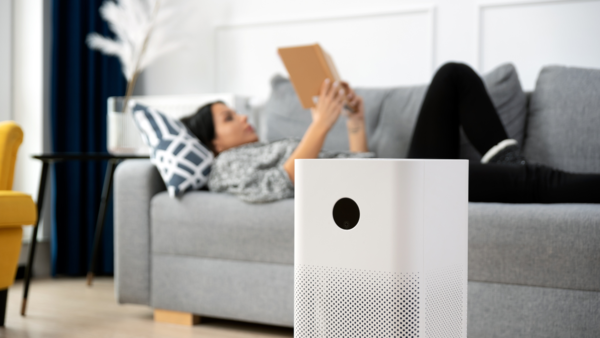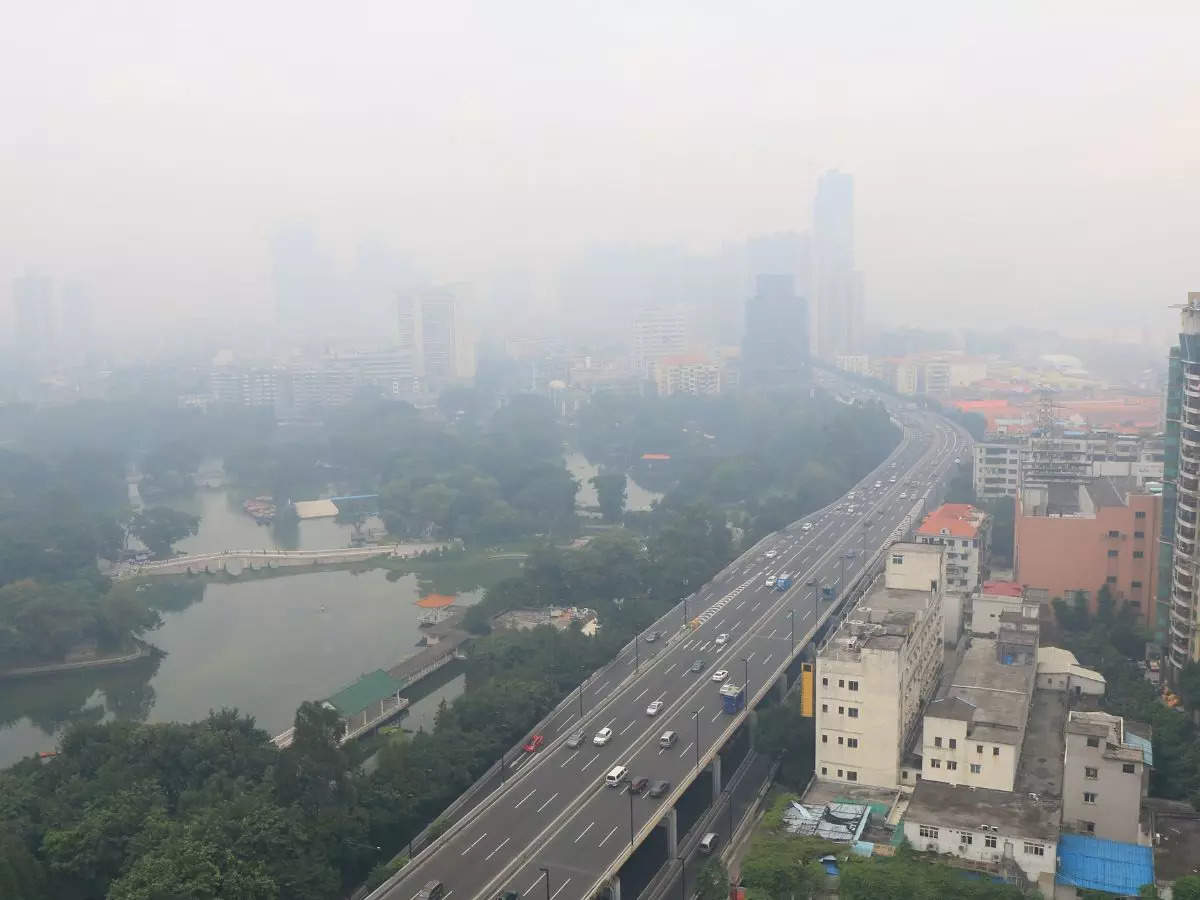As cities become more crowded and industrial activities increase, the air we breathe may become more harmful. Every year, air pollution kills more than 7 million people around the world. WHO data shows that 9 out of 10 people breathe air containing high levels of toxic elements.
It’s a battle fought most intensely in low- and middle-income countries, where pollution-related health issues are quite common. To help us understand the depth of this crisis and practical steps to protect our health, Dr Pavny Chawla, a pulmonologist and sleep disorder specialist, shares necessary insights into the immediate and long-term impacts of air pollution, symptoms to watch for, and strategies to safeguard respiratory health.
Immediate and long-term health risks of air pollution
The effects of air pollution on our health can be devastating. It does not matter if the exposure was for a brief moment or a long time. In Dr Chawla’s words, “Even short-term exposure to polluted air can severely impact lung function, particularly for those with existing respiratory conditions.”
Types of air pollution
To understand the scale of the threat, it helps to differentiate between the types of pollution we encounter:
1. Ambient air pollution:
This refers to particles and gases in the outdoor air that come from sources such as cars, industrial pollutants, and agricultural activities.
2. Toxic chemical pollution: This type comprises chemicals emitted by manufacturing and agriculture, which frequently contain carcinogenic compounds.
Short-term exposure effects
Dr Chawla explains that even short-term exposure to high pollution levels can cause symptoms such as reduced lung function.
- Increased asthma and COPD symptoms
- An increased risk of pneumonia and bronchitis.
- Allergic rhinitis and other allergies worsen.
- An increased risk of cardiac events due to decreased blood vessel function.
- Increased risk of stroke, particularly among postmenopausal women and men
Pregnant women face specific risks from pollution that should be very well known to everybody. “Traffic-related air pollution has been linked to pregnancy complications like hypertensive disorders, premature birth, low birth weight, and even maternal and foetal health risks,” according to Dr Chawla.
Long-term exposure consequences
Over time, long exposure to polluted air can lead to chronic health issues, which Dr Chawla describes as “the cumulative effect of breathing in toxic particles and gases.” Among these long-term risks are:
- Chronic lung diseases like COPD, lung cancer, and hypersensitivity pneumonitis
- Increased risk of developing colorectal and prostate cancers due to exposure to pollutants like PM2.5 and nitrogen oxides
- Elevated risk of both respiratory and cardiovascular diseases
How to recognise the symptoms of poor air quality exposure
Given the dangerous and hidden nature of air pollution, Dr Chawla emphasises the importance of awareness. “If you’re experiencing symptoms like coughing, wheezing, or shortness of breath, it’s essential to consider whether air pollution might be a contributing factor,” she advises.
- Common symptoms to watch for include:
- Persistent coughing and wheezing
- Shortness of breath
- Chest tightness
- Palpitations and dizziness
- Anxiety, as poor air quality can sometimes induce a feeling of unease or stress
How should one get a proper diagnosis and testing?
Dr. Chawla advises getting a medical checkup if you think your health is being impacted by environmental exposure. “To evaluate lung health, doctors usually begin by going over your medical history, paying special attention to any exposure to air pollutants, and then proceed with pulmonary function tests (PFTs).”
Protective measures that could help minimise exposure on high-pollution days
When air quality indexes (
AQI
) soar, taking proactive steps can be life-saving. Dr Chawla provides essential tips for limiting exposure during high-pollution days.
Before heading outdoors
“Always check the air pollution forecast,” Dr Chawla advises. “It’s a simple step, but it can help you plan your day accordingly.”
On days when the AQI is high:
– Limit time spent outdoors, especially if you have respiratory conditions or are elderly.
– Avoid outdoor exercise, as it increases the volume of air—and pollutants—your lungs are exposed to.
– Use an N95 mask to filter out airborne particles if you must go outside.
Reduce indoor pollution sources
Indoor air can be more polluted than we would realise. Dr Chawla suggests minimising activities that generate indoor pollution:
– Avoid burning wood, candles, or incense sticks.
– Refrain from smoking or using hookahs indoors.
– Keep ventilation in mind, as this helps reduce the buildup of indoor pollutants.
Tips for improving indoor air quality
Consider purchasing an air purifier with HEPA filtration to extensively improve the quality of the air in your house. “Especially in areas with little airflow, these devices are very effective at removing particulate matter,” says Dr Chawla. She goes on to say that the best effects can be obtained by positioning the air purifier in areas like the living room or bedroom where people spend the most time. “For the purifier to be effective, keep windows and doors closed to prevent outside air from diluting the benefits.”
How effective are masks and air purifiers?
The effectiveness of N95 masks and air purifiers has gained attention as pollution levels rise. But how well do these tools work in practice?
N95 masks
“N95 masks are designed to filter out at least 95% of airborne particles, including fine particulate matter like PM2.5,” says Dr Chawla. However, she also cautions, “They’re only effective if worn correctly and do not protect against gaseous pollutants.” So, while N95 masks can reduce exposure to particulates, they might not be a complete solution.
Air purifiers with HEPA filters
Air purifiers can be valuable in creating a cleaner indoor environment. “Air purifiers with HEPA filters can capture particles as small as 0.3 microns, helping to reduce respiratory issues,” Dr Chawla explains. But keep in mind that their effectiveness depends on placement and regular maintenance, such as changing filters frequently.
Adapting outdoor exercise routines on high-pollution days
For those who enjoy outdoor exercise, high-pollution days can pose a dilemma.
Consider safer alternatives
Dr Chawla advises moving to indoor exercise on days with high pollution levels. “Consider working out at a gym or doing home-based exercises, such as yoga or online fitness classes,” she advises. Choose early mornings when pollution levels are usually lower if you must exercise outside.
Building long-term immunity with diet and lifestyle changes
Apart from immediate precautions, some necessary lifestyle adjustments can eventually help strengthen the body against the effects of pollution. The role of a nutrient-rich diet in strengthening the respiratory system is much more than we think.
Key nutrients to support respiratory health
Several nutrients that can protect the lungs and reduce inflammation:
- Carotenoids (like beta-carotene and lycopene): Known for their antioxidant properties like carrots, bell peppers and spinach.
Vitamin C : Found in citrus fruits, it helps boost immune function.- Omega-3 fatty acids: Found in fatty fish, flaxseeds, and walnuts, these fats are anti-inflammatory.
Stop Ignoring The AQI Index: Long Exposure To Polluted Air Can Increase Your Risk Of Heart Attack
Recommendations for dietary changes
The doctor recommends adding some traditional ingredients known for their health benefits:
- Ginger: A powerful anti-inflammatory
- Turmeric (Haldi): Known for its antioxidant and anti-inflammatory properties
- Green leafy vegetables: Rich in fibre and antioxidants
-
Fiber-rich foods: Whole grains and legumes support gut health and immunity
“These foods help counteract the oxidative stress caused by pollution, improve lung health, and enhance the body’s strength,” she explains.
With pollution levels continuing to rise globally, Dr Chawla stresses that taking steps to protect respiratory health is more important than ever. “It’s a combination of immediate measures, like using N95 masks and air purifiers, and long-term strategies, such as a healthy diet rich in anti-inflammatory foods.”
I’m Manas Ranjan Sahoo: Founder of “Webtirety Software”. I’m a Full-time Software Professional and an aspiring entrepreneur, dedicated to growing this platform as large as possible. I love to Write Blogs on Software, Mobile applications, Web Technology, eCommerce, SEO, and about My experience with Life.

